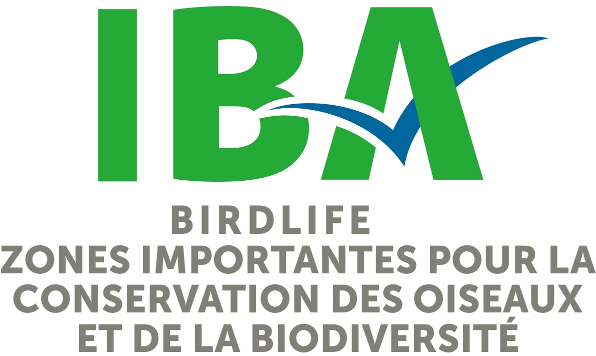Big Piskwanish Point (ON140)
Southwestern James Bay, Ontario
Description du site
This historical IBA was discontinued in 2017 and incorporated into a new, larger site called Pei lay sheesh kow. The text and data describing this historical IBA are retained here for reference.
Big Piskwanish Point is located in the southwestern corner of James Bay, about 40 km north of Moosonee. The site consists of a narrow system of gravel ridges that extend for about 5 km in each direction of the point. Inland from the ridges, a 1.5 to 2 km wide strip of seasonally flooded supertidal marsh lies between the coastline and an inland area of willow and alder scrub. Submerged shoals extend for up to 2 km offshore. This site experiences subarctic-like conditions due to the adjacent cold waters of Hudson and James Bay; the mean annual temperature is about -1°C. The tidal range at this site is about 2 m.
Oiseaux
Big Piskawanish Point has not been the subject of intensive surveys in recent years. However, studies in the early 1950s documented concentrations of tremendous numbers of birds at this site, and there is no reason to doubt that large concentrations are not still present during fall migration. Significant one-day counts were recorded for at least four shorebird species: Hudsonian Godwit, Greater Yellowlegs, Pectoral Sandpiper, and Red Knot. And, over a 20-day period, 4,000 Black-bellied Plovers were recorded. All of these species are thought to be present in numbers that exceed 2% of their North American or global populations (many shorebird population estimates are quite rough). Also, up to 1,000 Dunlin (subspecies hudsonia) have been recorded, and White-rumped Sandpiper is common.
In addition to shorebirds, over 20,000 Northern Pintail were recorded during a one-week period. Other waterbirds that were recorded in notable number included Canada Geese (one-day count of 1,200), Lesser Snow Geese (one-day count of 1,400), and Green-winged Teal (one-day count of 800). Large concentrations of landbirds were also observed at this site, with an estimate of 40,000 Savannah Sparrows being recorded over an 18-day period during fall migration. Other landbirds recorded in notable numbers include Horned Larks, American Water Pipits and Yellow Warblers.
Enjeux de conservation
Few potential threats have been identified at this site. Hydroelectric developments on rivers flowing into James Bay could affect the site, but these impacts would be more likely to occur farther to the east. Hunting pressure in the vicinity of the point could possibly reduce the use of this site as a staging area.
Catégories ZICO Habitats Usages Menaces Potencielles ou Existantes Status de Protection

